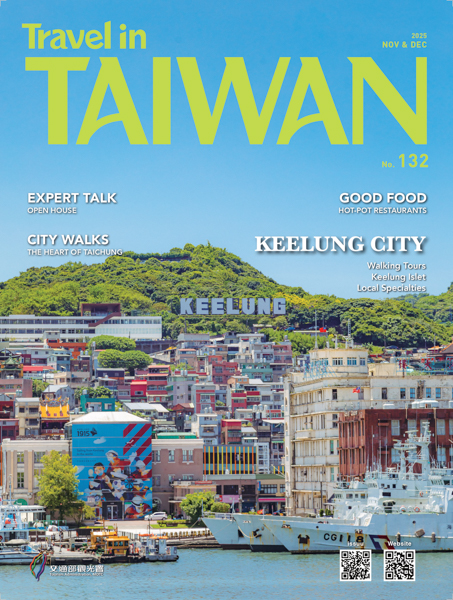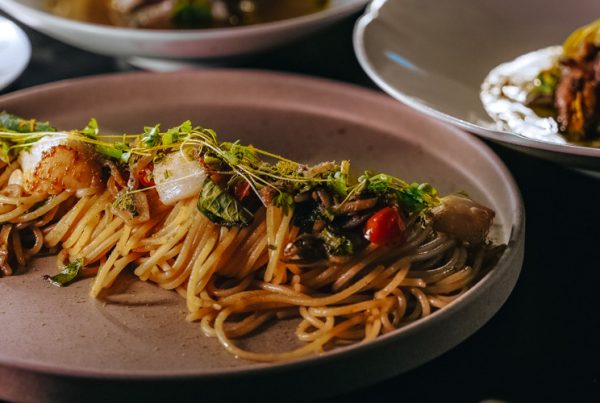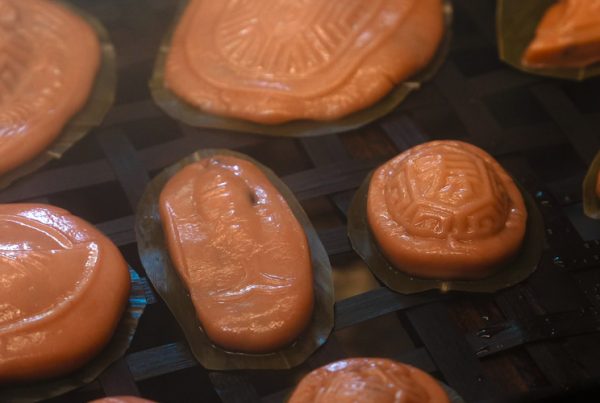Top-Quality Mineral Bathing Just Over the Mountains from Taipei
TEXT | RICK CHARETTE
PHOTOS | VISION
There’s a special place, not far from Taipei, that paints you into a tableau of wide green plain fronted by rolling ocean. This farm-carpeted flatland is bracketed by mountains falling right into surf on the plain’s north and south edges. A major attraction for quick-getaway trippers from the Taipei metropolis is found along the mountain bases – natural hot (and cold) springs around which high-quality tourist facilities have been built. This place is Yilan County. For a long time, much further away in terms of travel time, it’s been brought much closer by a brilliant work of engineering, the thickly tunneled National Freeway No. 5, which races you through the separating wall of mountains in less than an hour. Our quest in this article: introduce the best hot-spring spots.
Jiaoxi
In the Lanyang Plain’s north sector is the popular hot-spring town of Jiaoxi, tucked up against a mountain base. The town’s mineral-laden liquid gold is water that has seeped down under the backdrop mountain and percolates back up to the surface, super-heated and in ready-made stream form (note that today many establishments tap deeper-down waters through pipes). This precious healing resource has birthed a forest of inns, hotels small and large, hot-spring parks, and fun fish-pedicure eateries.
Cultivated Hotel Royal Chiaohsi (www.hotelroyal.com.tw), the acknowledged empress of Jiaoxi’s hotels, is off the town’s edge, perched on a side valley’s lip, overlooking plain and ocean. Invigorating hikes await up the valley, in the popular Wufengqi Scenic Area. This is a resort-style hotel, with outdoor/indoor bathing and spa facilities, elite-chef restaurants, exercise/games facilities, DIY classes, cultural-arts shows, and guided morning walks.
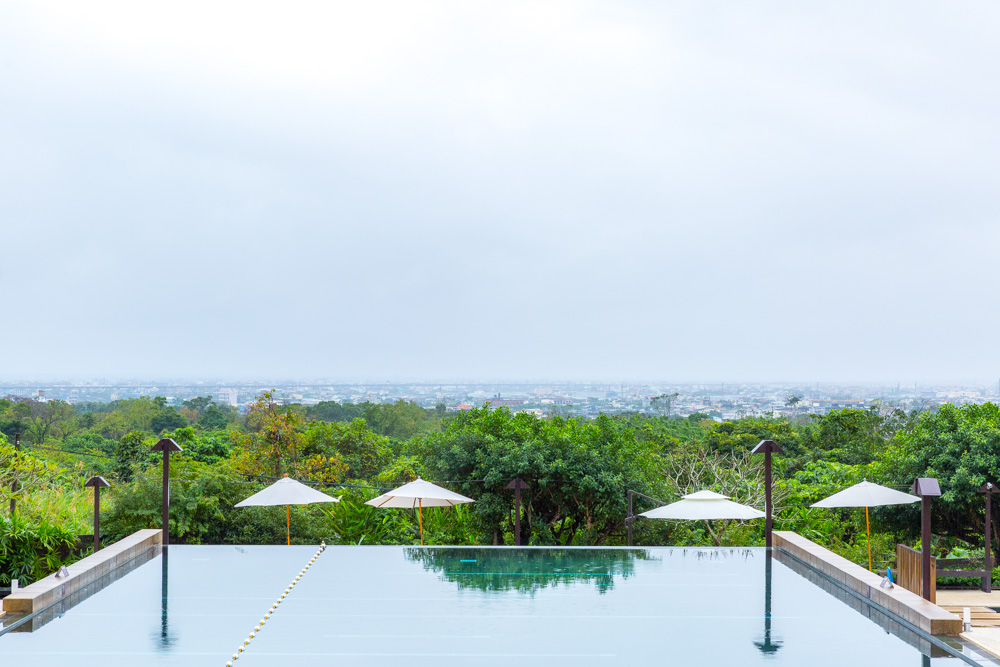
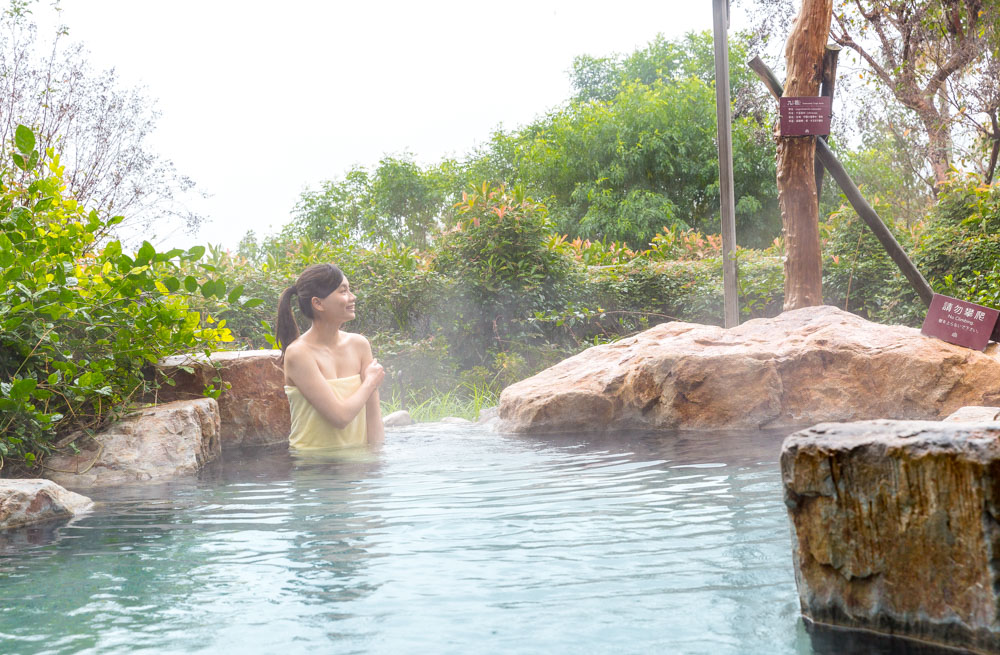
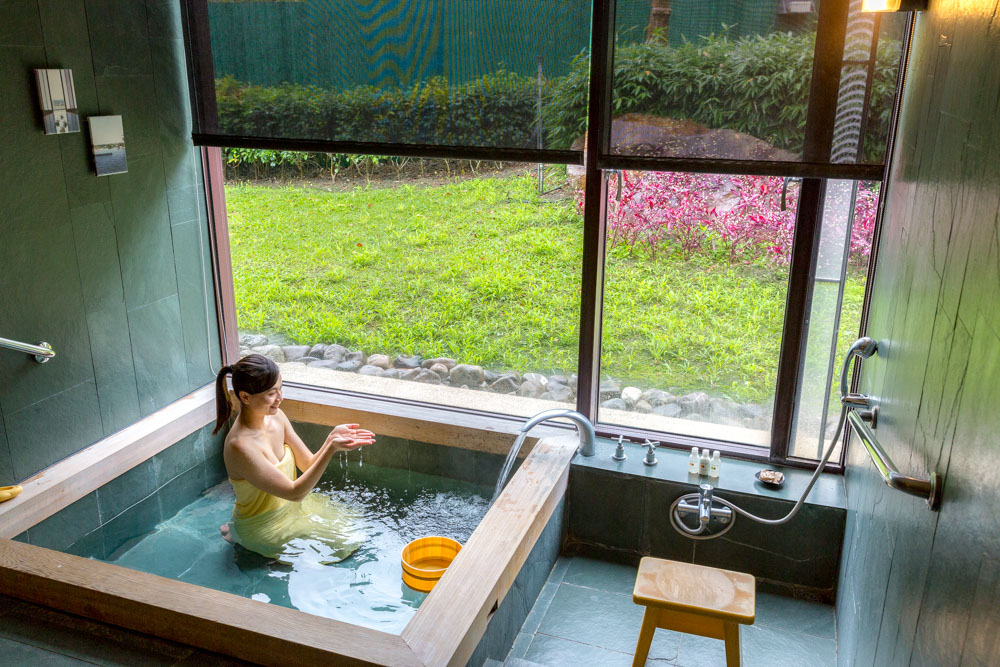
VIVIR (vivir.com.tw), in town beside a quiet forest park, is a young boutique hotel designed inside/outside as a Zen work of art. Check-in is in a B1 open-to-sky grotto-style area, there’s an art gallery here featuring Yilan artists, and the Yilan ingredient-focused ground-level restaurant has the look of a wide-mouth cave.
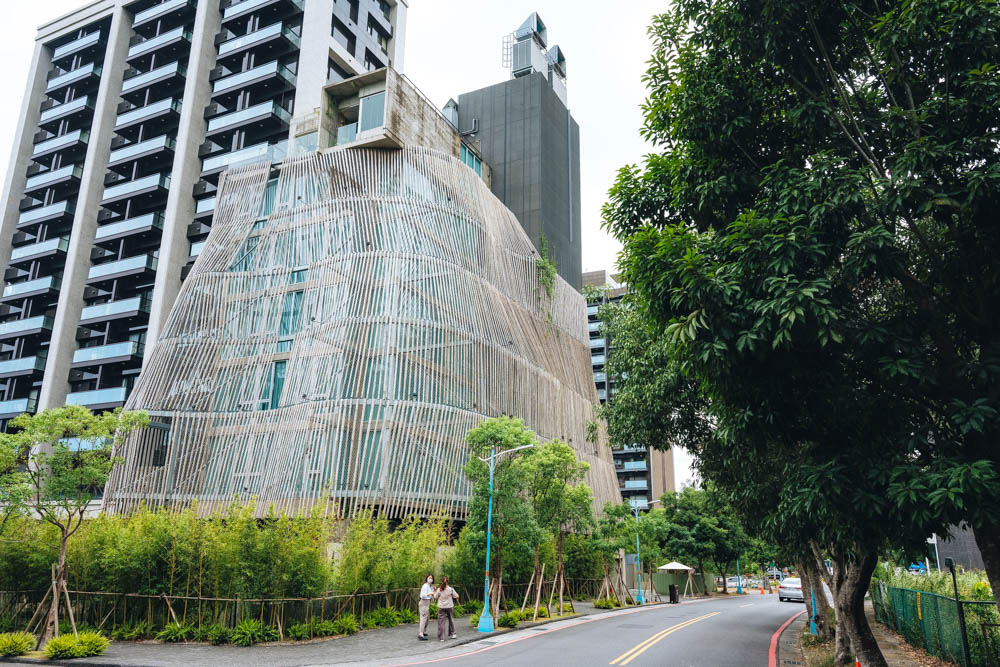

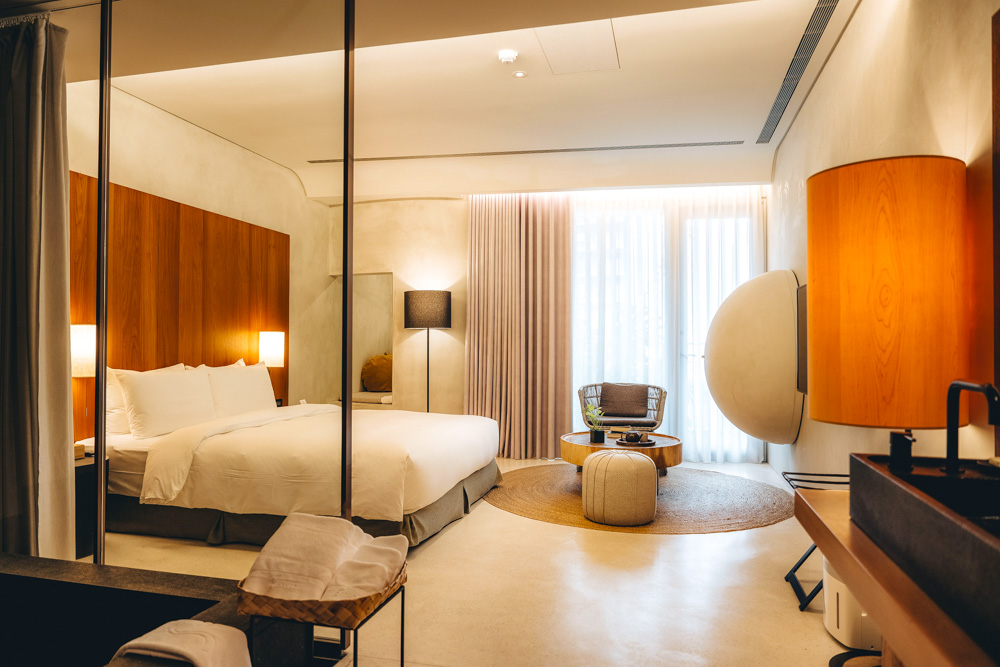
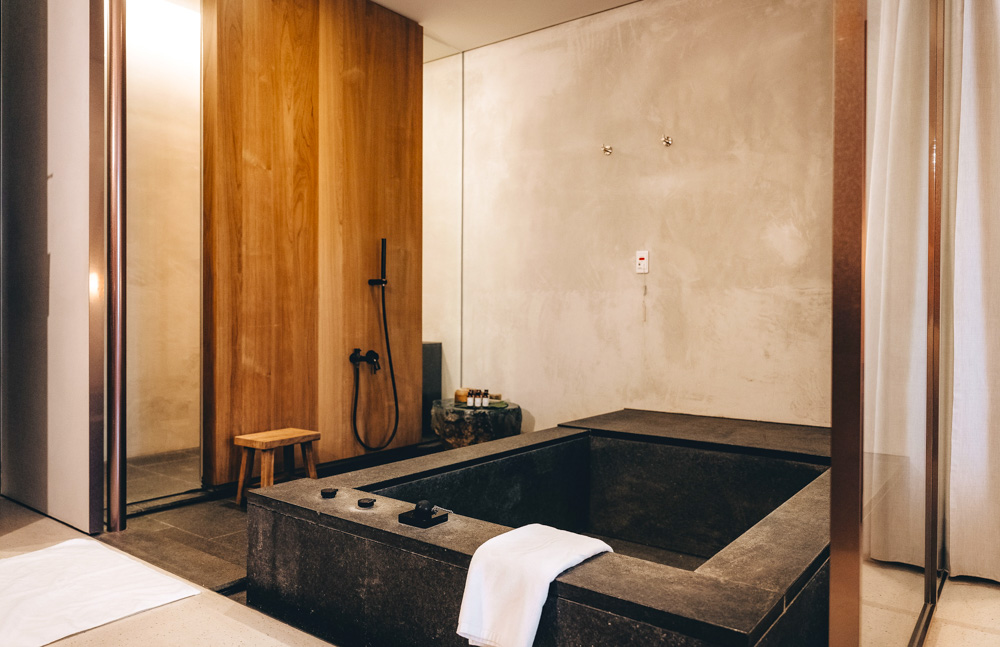
The colorless, odorless stream waters running through long, narrow Tangwei Brook Park emerge from in-park springs. In its lower section are free open-air foot baths, mid-section a public bathhouse, upper section a private-room spa. Beside the park are inexpensive fish-pedicure eateries – place your feet in a small fish-filled pool, your drinks and Taiwan-cuisine treats on a picnic table fit snugly over it. Jiaoxi Hot Springs Park is a larger forest park, interlaced with quiet winding paths, that has free public foot-soak pools and a paid mixed-sex bathing facility plus, its best-known attraction, a legion of cute, colorful statues of bunnies from renowned Taiwan illustrator Jimmy Liao’s picture books, most adorably a relaxed trio lounging languidly in a hot tub.
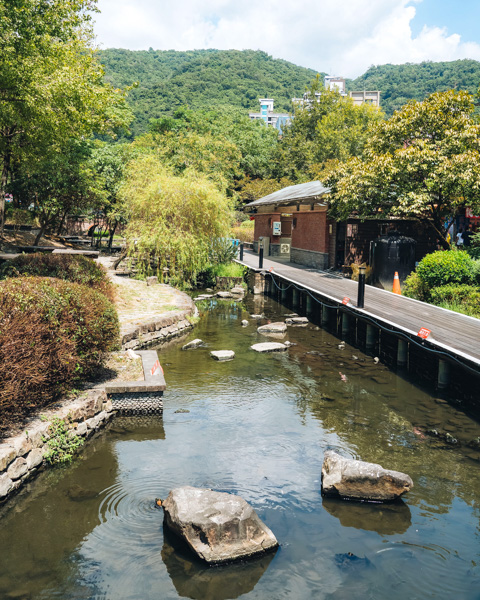

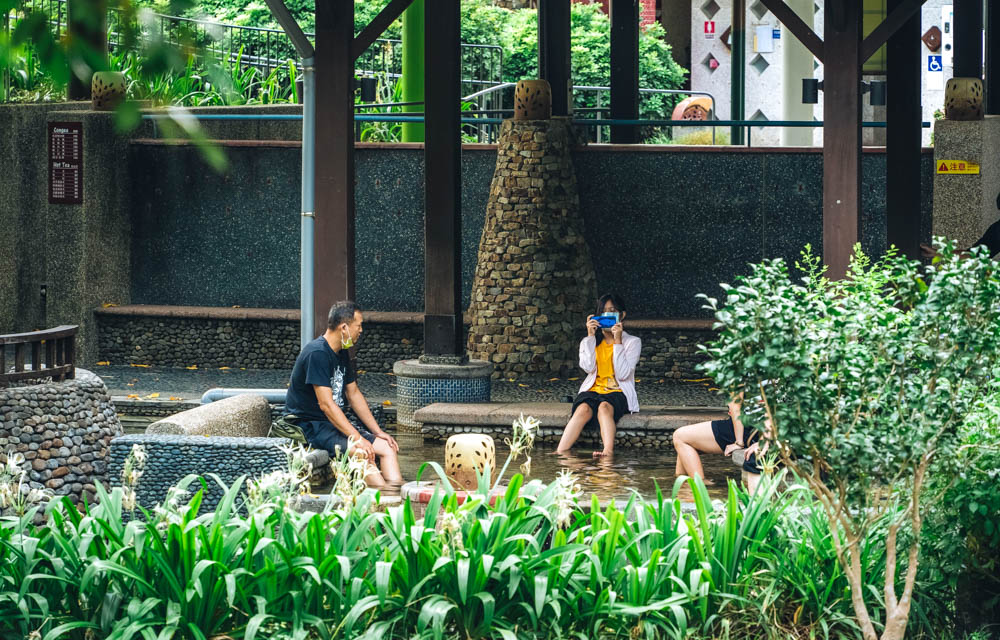

Qingshui Geothermal Park
We now travel to the Lanyang Plain’s south end, first piercing up into the long, rugged, picturesque Lanyang River valley that debouches onto the plain in its southwest corner, then soon making an eastward turn into a tight, flat side valley carved by the slender Qingshui River.
Deep up this shallow valley is Qingshui Geothermal Park, a riverside complex of bathhouse facilities, foot-soak pools, and raised, concrete-sided cooking pools built in the shape of wells. This is a day-tripper destination – there are no overnight rest accommodations. The graceful Japanese-style wood-built bathhouse is the newest addition, opened a few years ago. A total of eight outdoor and semi-outdoor soaking pools are provided, four for women and four for men. At the back of the grounds, spread out along the base of the valley hillside, are the facilities of a small and busy geothermal power plant, voluminous steam billowing skywards.

Development of this place was carried out by Taiwan’s Chinese Petroleum Corporation, which dug exploratory wells while researching the area’s geothermal power potential in the 1970s. Foot-soak and cooking facilities were later added. There are two free open-air foot-soak pools, each roof-covered for shade protection, along with three large sans-shade cooking wells. Great plumes of steam cascade from stone-finished smokestacks in the middle of the cooking pools, each about three meters high.
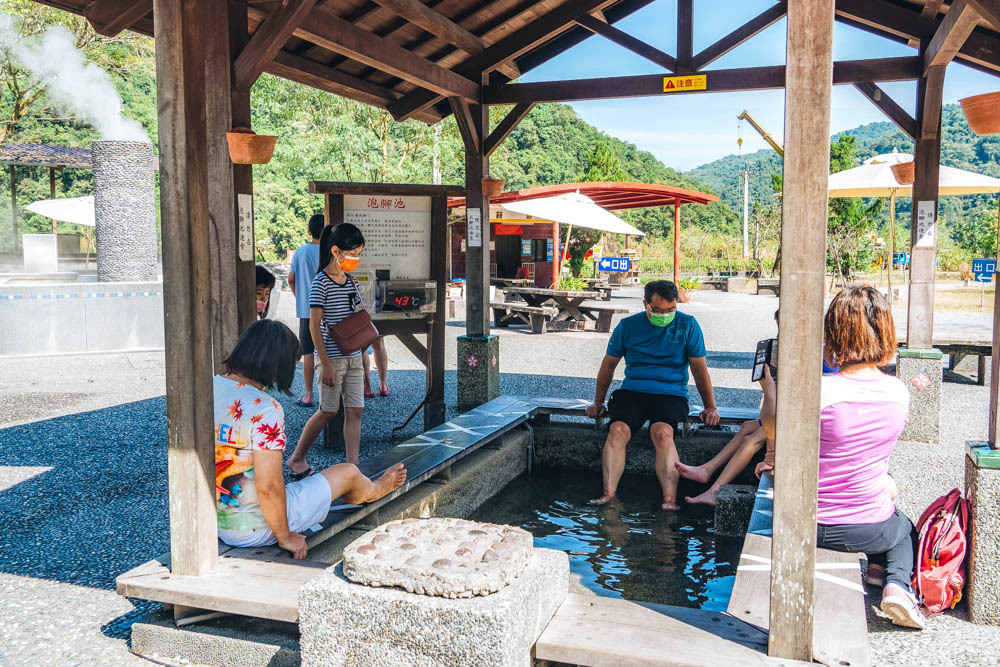
Buy your edibles from the wood-built service building’s canteen – peanuts, chicken/duck eggs, corn, bamboo shoots, shrimp, fish … even chicken soup. Recommended cooking times are posted for all items. Dunk them into the burbling water using a wicker basket (deposit required); place your lightest items at the bottom to prevent them from floating up and out. Non-cook refreshments sold include coffee, soft drinks, popsicles, and cold draft beer, perfect for Taiwan’s abundant hot and steamy days. Once your treasures are ready, sit down at one of the many picnic tables, fitted with large retractable shade umbrellas.

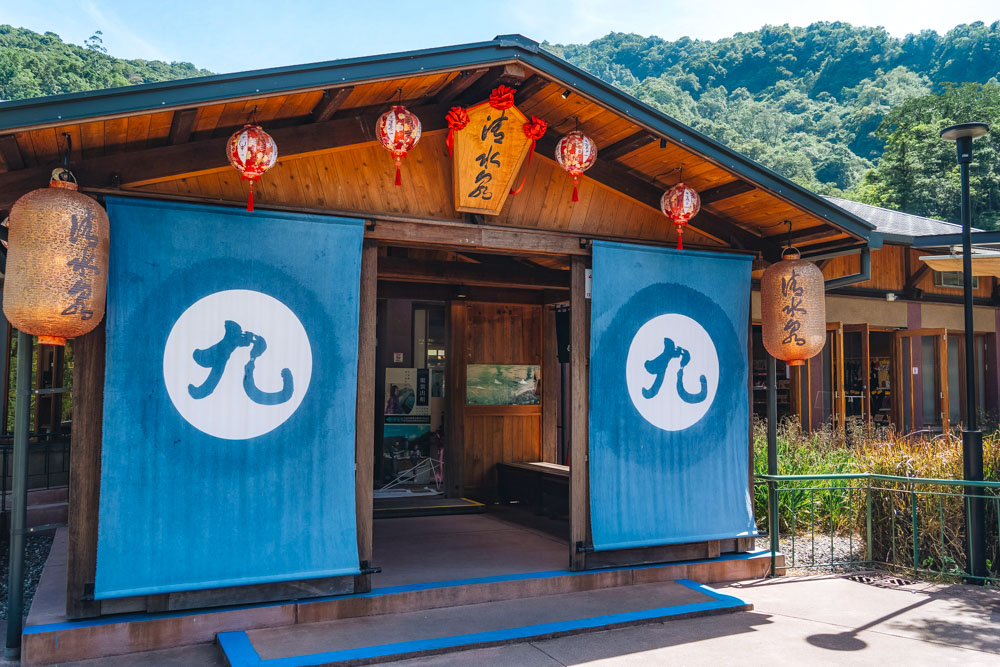
Jiuzhize Hot Springs
Back now to the scenic highway that wends its way along the Lanyang River valley’s bottom, a few kilometers further up-valley, and a left turn (eastward again) onto the curvaceous mountain-climbing road that lifts you up to the high-mountain Taipingshan National Forest Recreation Area (tps.forest.gov.tw) and its magnificent coniferous “forest in the clouds.” This sprawling adventure zone, over 12,000ha in size and reaching up to 2,000m altitude, is an old logging base with yesteryear forestry-equipment displays, rides on an old-style narrow-track forestry train, educational forest-trail walks, short and longer/easy and more challenging, and “seas of clouds” filling the mountain valleys. Rustic overnight accommodations (book well ahead!) and dining options are available.
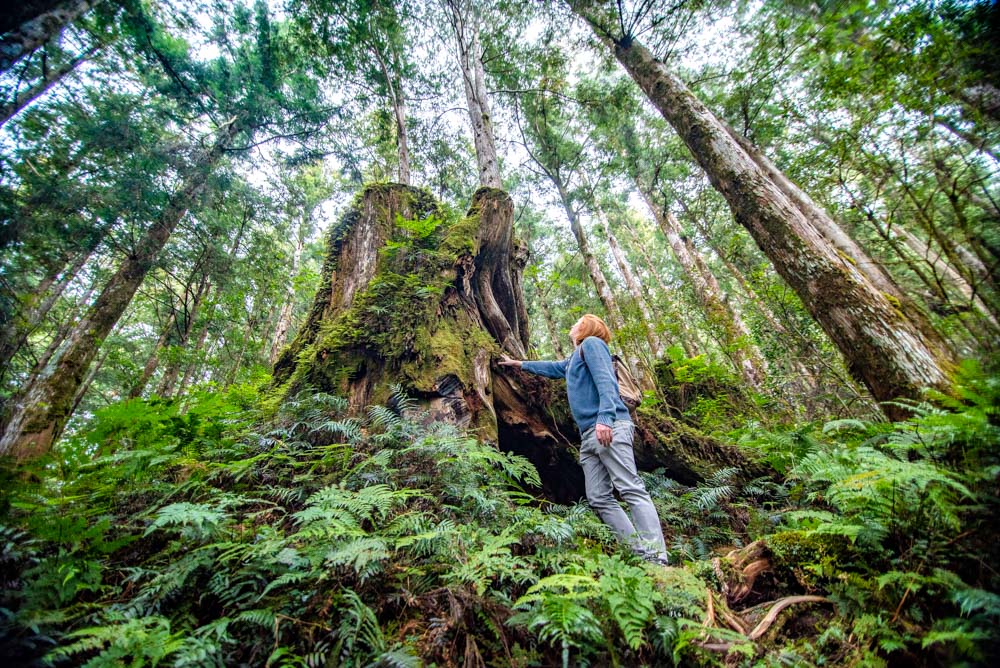
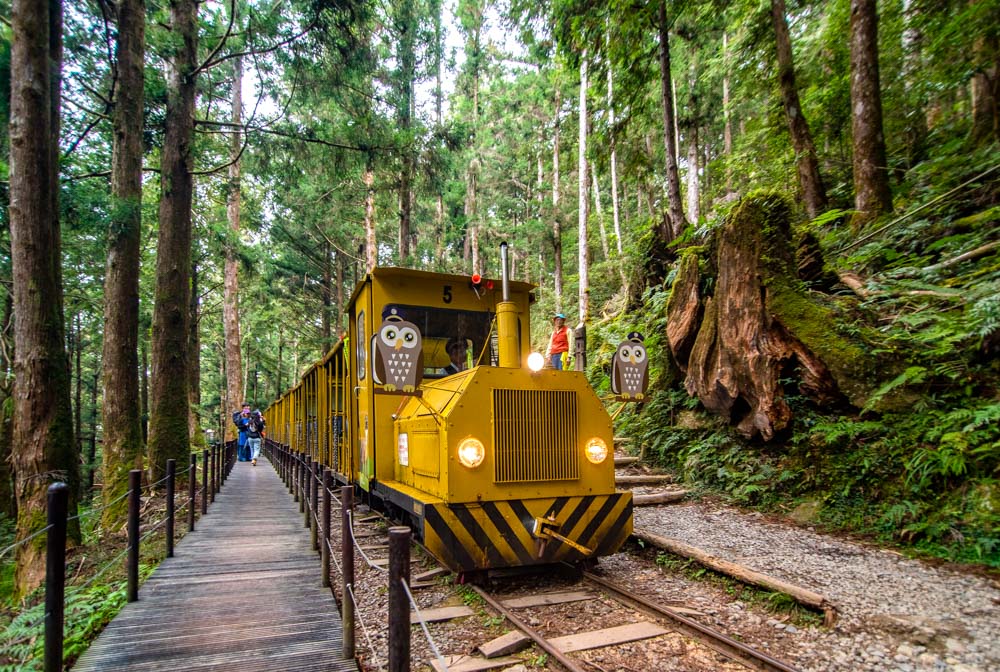
Not far up the long access road (the ride to the main facilities area takes about an hour), you come to the park’s toll station and, just beyond, a short side road brings you to the Jiuzhize Hot Springs. The setting is dramatic, cliffs behind and before, a narrow rocky river rushing quickly down along the mountain’s west side. The geothermal waters here rise from the depths through cracks in the mountainside rock. The roots of the spa center here go back to Taiwan’s 1895~1945 Japanese colonial years, when bathing facilities were set up by the authorities for the mountain’s hard-working Japanese loggers to ease their aches and pains.

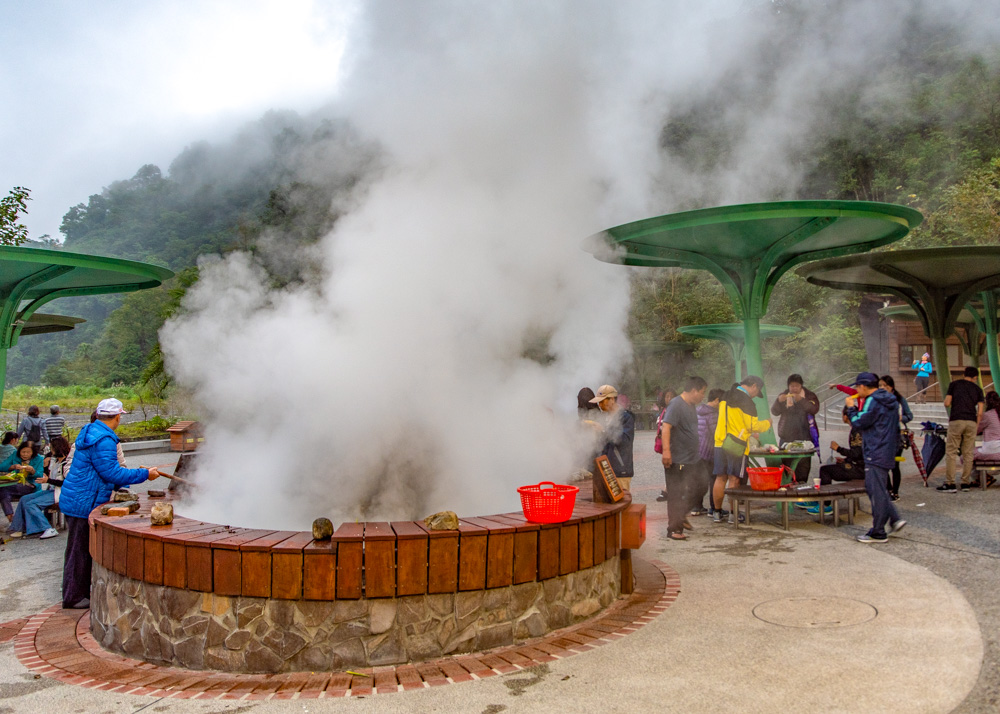
The rustic-look spa has both outdoor pools (mixed, men only, women only) and compact private bathing rooms (including rooms for two). Between the complex and the river is a cooking area, with large, well-style raised pools gurgling with boiling waters. Eggs and corn are available for purchase, and wicker baskets are available as well (deposit).
Care for a hike? Cross the river over a dramatically perched suspension bridge and tour the forest on the easy 1.2km Jiuzhize Nature Trail. You’re about 520m high, amidst a realm of scenic lookouts, broadleaf evergreens, and a great diversity of ferns, ground cover plants, and epiphytes.




